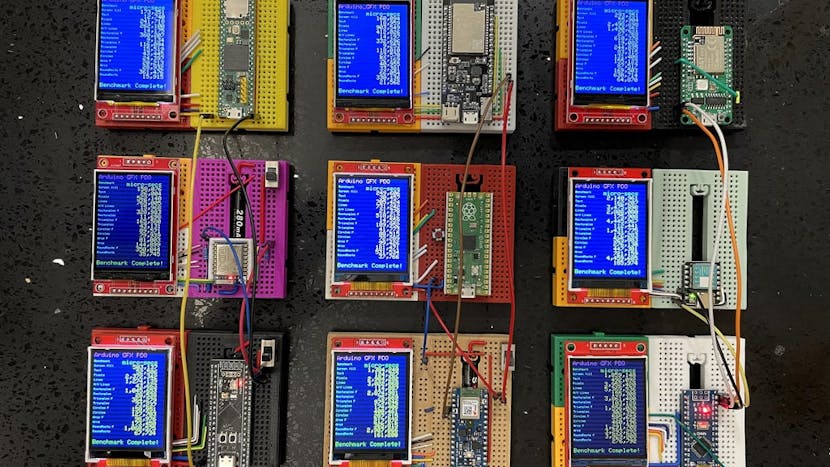The Ultembase from Energetic 3D is the first powder coated PEI glass print surface I’m aware of, and promises several advantages over alternatives. Let’s test it out!
Month: July 2021
Gorgeous Specimen is the Final Word in Clocks
At this point, it’s safe to say that word clocks aren’t quite as exciting as they once were. We’ve seen versions that boil the concept down to what amounts to a parts bin build, which for better or for worse, takes a lot of the magic out of it. You just get an array of LEDs, put some letters in front of it, write some code, and you’re done.
But then [Mark Sidell] sent in his build, and we remembered why we collectively fell in love with these clocks in the first place. It wasn’t the end result that captivated us, although the final clock is indeed gorgeous, but the story of its painstaking design and construction. The documentation created for this project is unquestionably some of the best we’ve seen in a very long time, and whether or not you have any desire to build a word clock of your own, you won’t regret sitting down and reading through it.
Read more…
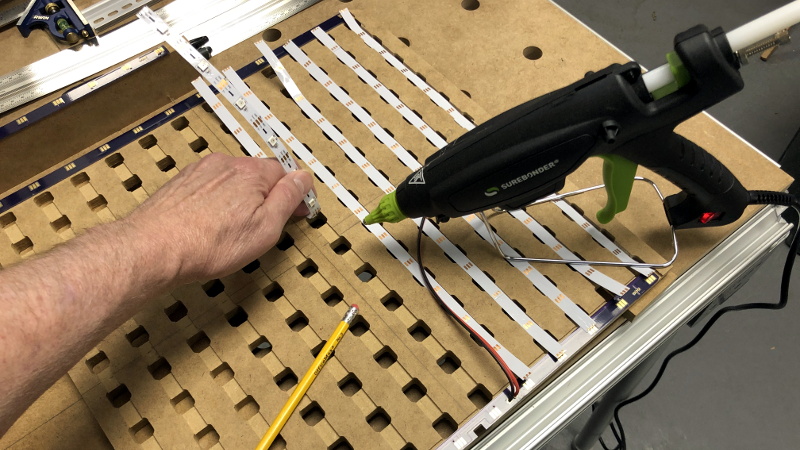
This Wearable Cyberdeck Is as Stylish as They Come
Cyberdecks are a dime a dozen these days, but this wearable cyberdeck called Кибердек RA01 that stands out.
The cyberdecks from William Gibson’s novels are pure function. Deckers in that world cobble their cyberdecks together without any concern for style. But that is, of course, punk rock as hell and stylish in its own apathetic way. Today’s cyberdeck community leans heavily into the cyberpunk aesthetic. Very few people build cyberdecks for practical purposes — they’d use a laptop if practicality was their concern. And that is why the hobby is enjoyable, because it gives enthusiasts the opportunity to express their inner dystopian industrial designer. R▲, a Russian “underground cyberpunk artist,” took that to heart when they built this wearable cyberdeck called КибердекRA01.
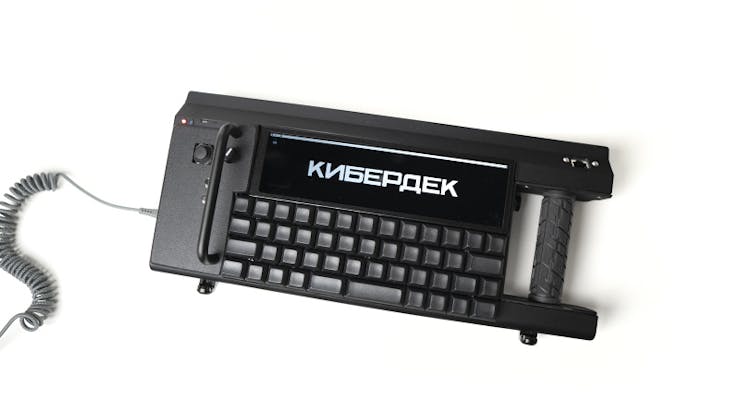
An ESP32 Controls This Cylindrical OLED Display
YouTuber maker.moekoe built this ESP32-controlled “circular” display using eight OLED screens.
The vast majority of displays have a rectangular 16:9 aspect ratio, or 4:3 for older TVs and monitors. But we’re starting to see more unusual aspect ratios and even screen shapes become more common. Some newer smartphones have ultra-widescreen aspect ratios and round displays are the norm for smartwatches. A square may be the most efficient form, because it doesn’t waste any rows or columns in the matrix, but people like more unique shapes. YouTuber maker.moekoe took that idea to the extreme when they built this ESP32-controlled cylindrical screen.
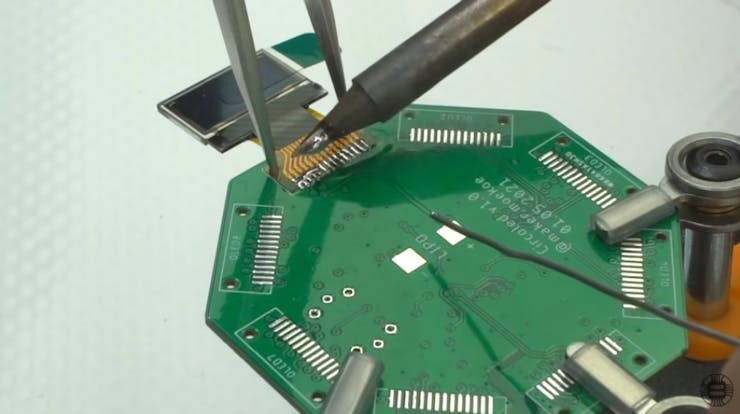
Casting Aluminum for the Home from a Simple 3D Print
Returning to the foundry, I cast an aluminum wall hook. The design of the hook had to take into consideration how it would be cast. Every face had to taper perfectly for the pattern to actually release from the mold!
The Raspberry Pi Pico-Powered Pico MIDI (H)Arp Turns Nearby Wireless Signals Into Music to Your Ears
Driven by MicroPython on a Raspberry Pi Pico with Pimoroni Pico Wireless add-on, this music generator plucks Wi-Fi signals from the air.
Pseudonymous electronics and music enthusiast Kevin, of Simple DIY Electronic Music Projects, has shown off a Raspberry Pi Pico-powered MIDI project with a difference: It generates music based on nearby Wi-Fi signals.
The project was inspired by a 2015 device dubbed the MIDI Arp, which used an Arduino Nano board and a Microchip ENC28J60 Ethernet shield to turn address resolution protocol (ARP) requests into music — played through a Roland MT-32 synth module.
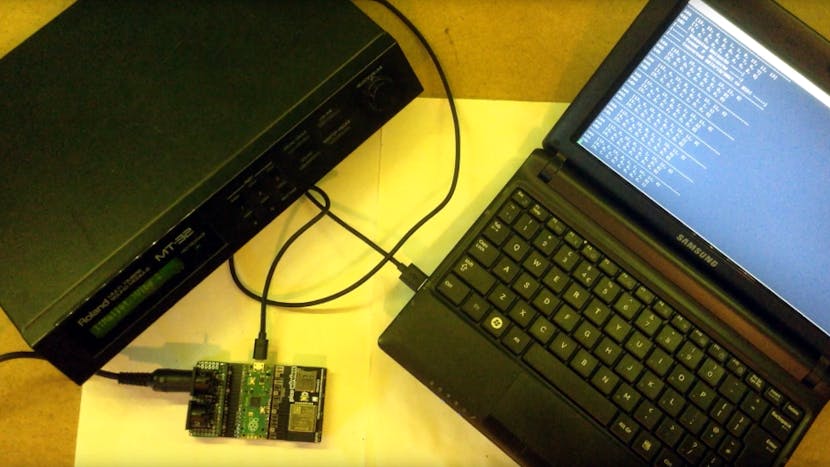
Modem Turned Into a MIDI Guitar Sort of: GuitArnet
GuitArnet is an Arduino-based simple MIDI guitar with pitch, power chords and minor pentatonic connected to Ableton Live through MIDI.

Researchers Proclaim Breakthrough in Full-Color Low-Power ‘Electronic Paper’ Displays
Taking an existing design and flipping it on its head, this new display type offers extremely low power draw yet high-quality colors.
A team from the Chalmers University of Technology claims to have made a breakthrough in sunlight-readable full-color displays, developing an ePaper display capable of “brilliant colors” — at a very low power draw.
“For reflective screens to compete with the energy-intensive digital screens that we use today, images and colors must be reproduced with the same high quality. That will be the real breakthrough,” explains Marika Gugole, doctoral student at the Chalmers University of Technology. “Our research now shows how the technology can be optimized, making it attractive for commercial use.”
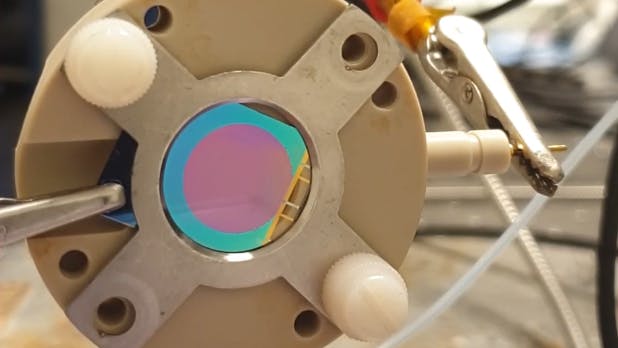
Arduino Analog Keypad Mozzi Synth
Back when I was messing about with LDRs I made the comment that there are many different kinds of sensors you could use to replace potentiometers in a synth. Having now had a play with analog keypads, I thought they’d be a fun thing to try. The conclusion – it works, but I’m still deciding if it is in anyway useful!

Control Your Displays with the Arduino_GFX Library
The Arduino_GFX library is a versatile option that works with a wide range of displays and Arduino-compatible boards.
Adding a display to your microcontroller project is a great way to show logged data, a device’s status, and much more. There are a lot of affordable displays on the market that connect to development boards, including those made by Arduino. Those displays most often connect through an SPI, I2C, or parallel data connection. But microcontrollers don’t have plug-and-play display drivers like a computer; you have to program the microcontroller with exactly what bits and bytes to send to the display to draw the desired pixels. That isn’t a trivial undertaking, but libraries can help. The Arduino_GFX library is a versatile option that works with a wide range of displays and Arduino-compatible boards.
